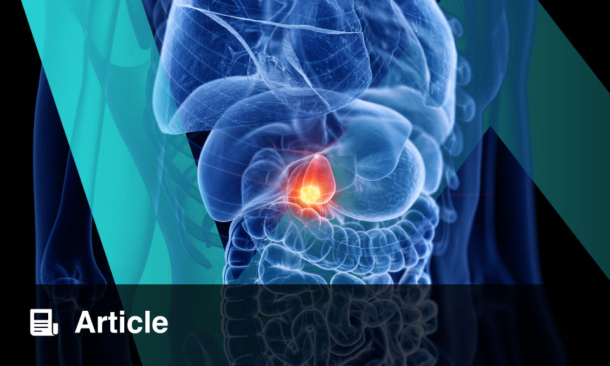A NEW study from Vietnam suggests that adjusting the diagnostic threshold for mean nocturnal baseline impedance (MNBI) significantly enhances the accuracy of detecting gastroesophageal reflux disease, also known as acid reflux.
The research assessed 133 individuals suspected of having reflux disease. Patients underwent upper gastrointestinal endoscopy, high-resolution manometry, and 24-hour multichannel impedance and pH monitoring. The goal was to evaluate the diagnostic value of different MNBI thresholds against varying degrees of acid exposure in the oesophagus.
The study found that lower MNBI values strongly correlated with abnormal acid exposure. Specifically, an MNBI threshold of 1500 Ohms showed improved diagnostic specificity compared to the previously accepted value of 2292 Ohms. Although the new cutoff had slightly lower sensitivity, it more accurately distinguished those with true acid reflux, particularly in patients with over 80 reflux episodes per day.
Statistical analysis showed the updated MNBI threshold had the highest area under the curve in predicting abnormal acid exposure, making it the most reliable metric among those tested. Additionally, MNBI values above 2500 Ohms were rarely seen in patients with reflux, making it a useful indicator for ruling out the disease.
“These findings suggest that region-specific diagnostic thresholds are essential for accurately identifying acid reflux disease,” the researchers concluded, noting that physiological differences may influence how impedance values should be interpreted in different populations.
Clinicians may consider adopting the 1500 Ohm threshold in reflux assessments, particularly when using impedance-pH monitoring, to reduce misdiagnosis and support more targeted treatment strategies.
Aleksandra Zurowska, EMJ
Reference
Viet HD et al. Better diagnostic accuracy for GERD observed with the new MNBI cutoff: an observational study in Vietnam. BMC Gastroenterol. 2025;DOI: 10.1186/s12876-025-03986-w.








